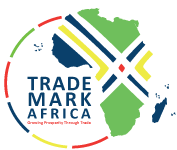The 16th ordinary meeting of the heads of states of the East African Community (EAC) was held on the 20th February 2015 in Nairobi Kenya. These Presidents of Tanzania, Kenya, Uganda, Rwanda and Burundi made a number of resolutions. Among them is the resolution to speed industrial development in the regional block through banning importation of second hand clothes and vehicles popularly known as mitumba in Kiswahili. The need for industrial development in this part of the world is very clear if development goals are to be attained. Whereas the need for industrial development in EAC is uncontested territory, the routes through which industrialization of the sub-region is to be attained is surely contested and subject to debate. There are various perspectives through which this seemingly political decision to industrialize the EAC through banning of second hand clothes and vehicles can be looked at. In this article, the author gives selected economic perspectives on the matter. Why mitumba consumption? Before any move to ban second hand clothes and vehicles in this part of the world one has to answer the why mitumba question. There may be various schools of thoughts on the matter. In the final analysis however it is likely to boil down to cost and at times quality factor. If one was to take representative social-economic profiles of consumers of second hand clothes in Tanzania and arguably the rest of the EAC, one is likely to see the majority belonging to lower social-economic strata. For vehicles, they will...
Industrialising the EAC via banning of second-hand clothes: Some economic perspectives
Posted on: March 5, 2015
Posted on: March 5, 2015















